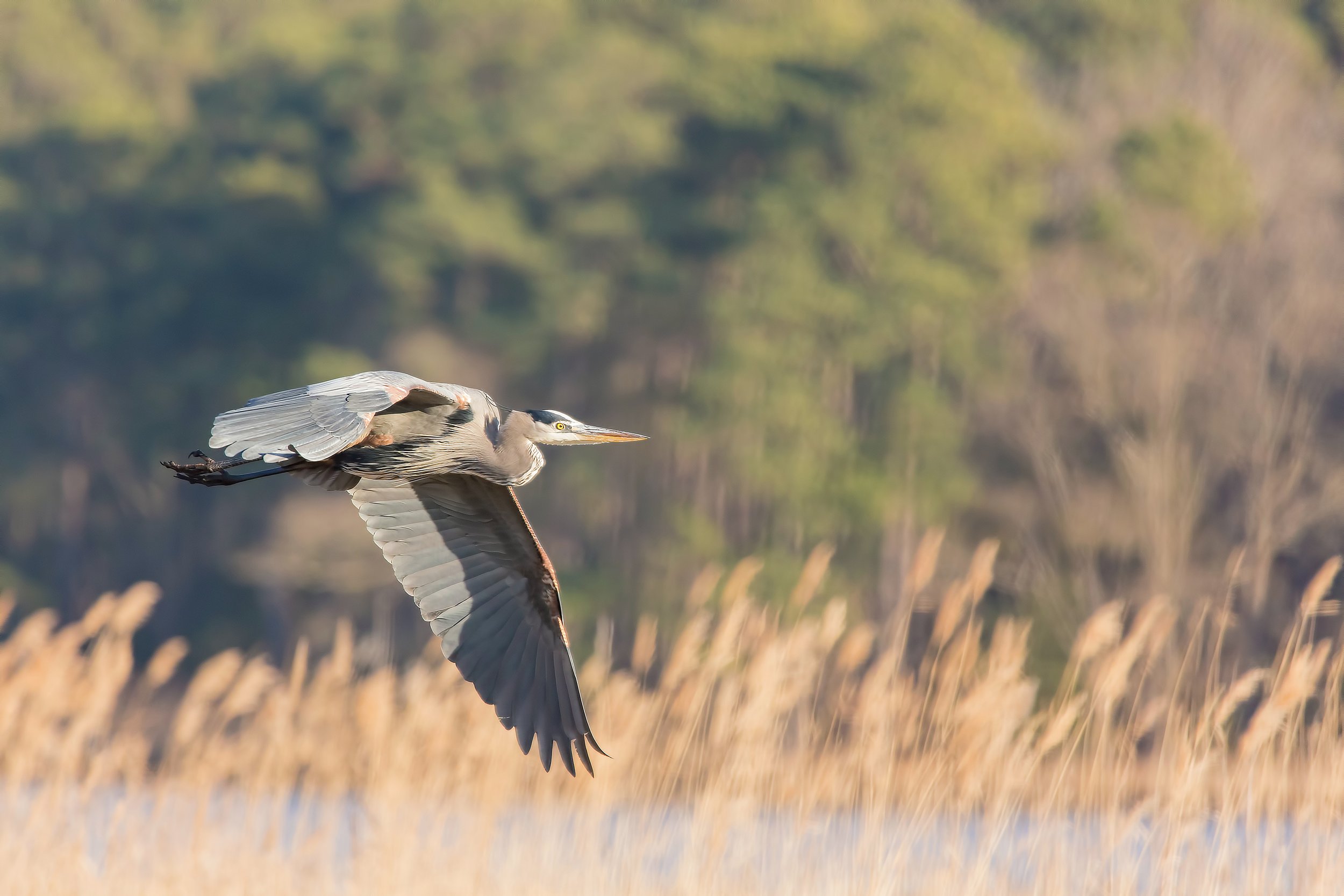
Conservation Easements
A conservation easement is a voluntary legal agreement between a landowner and LIHT that is designed to protect the land’s conservation values. LIHT works with landowners to determine terms that are right for the land and align with the landowner’s intent. An easement can protect an entire property or part of it.
Putting an easement on your property does not require offering access to the public. Landowners retain the right to own and use the land, to sell the land, or to pass it on to their heirs. Once land is placed under a conservation easement, the easement runs with the land, which means that landowners, present and future, are bound by its terms. When it meets federal law requirements, donating a conservation easement can result in significant tax benefits and property tax relief because you can claim the value of the easement as a tax-deductible charitable donation.
Every easement’s terms are unique, but there are a few general guidelines. Wildlife habitat and restoration is nearly always permitted. Farming is often permitted. Development is almost always limited. Surface mining is almost always off-limits. All conservation easements must provide public benefits, such as protecting water quality, farmland, scenic views, wildlife habitat, outdoor recreation, education, or historic preservation.
Be sure to talk with family members as you consider your conservation options. It is a big decision that will stay with your heirs and the land in perpetuity. Establishing a conservation easement requires an upfront investment, so it’s also important to consult with your attorney and financial advisors, too. To learn more about the tax benefits of protecting your land with a conservation easement, contact the Heritage Trust or your tax advisor.
